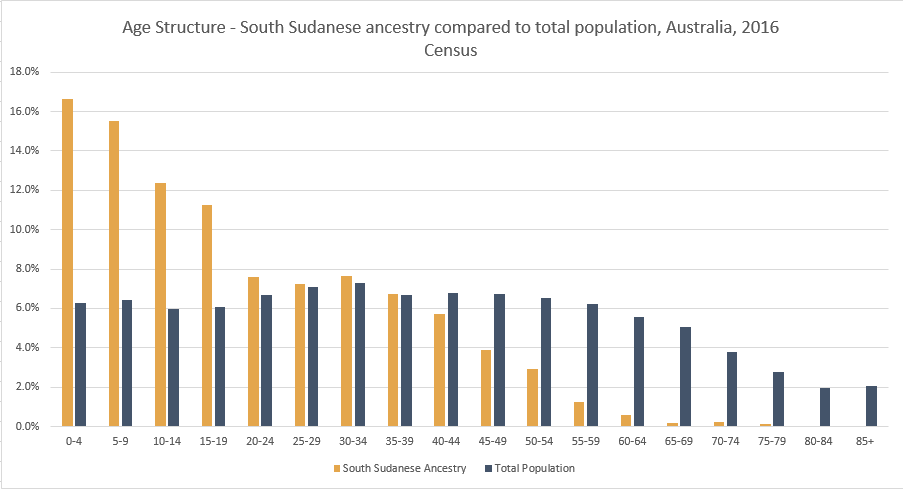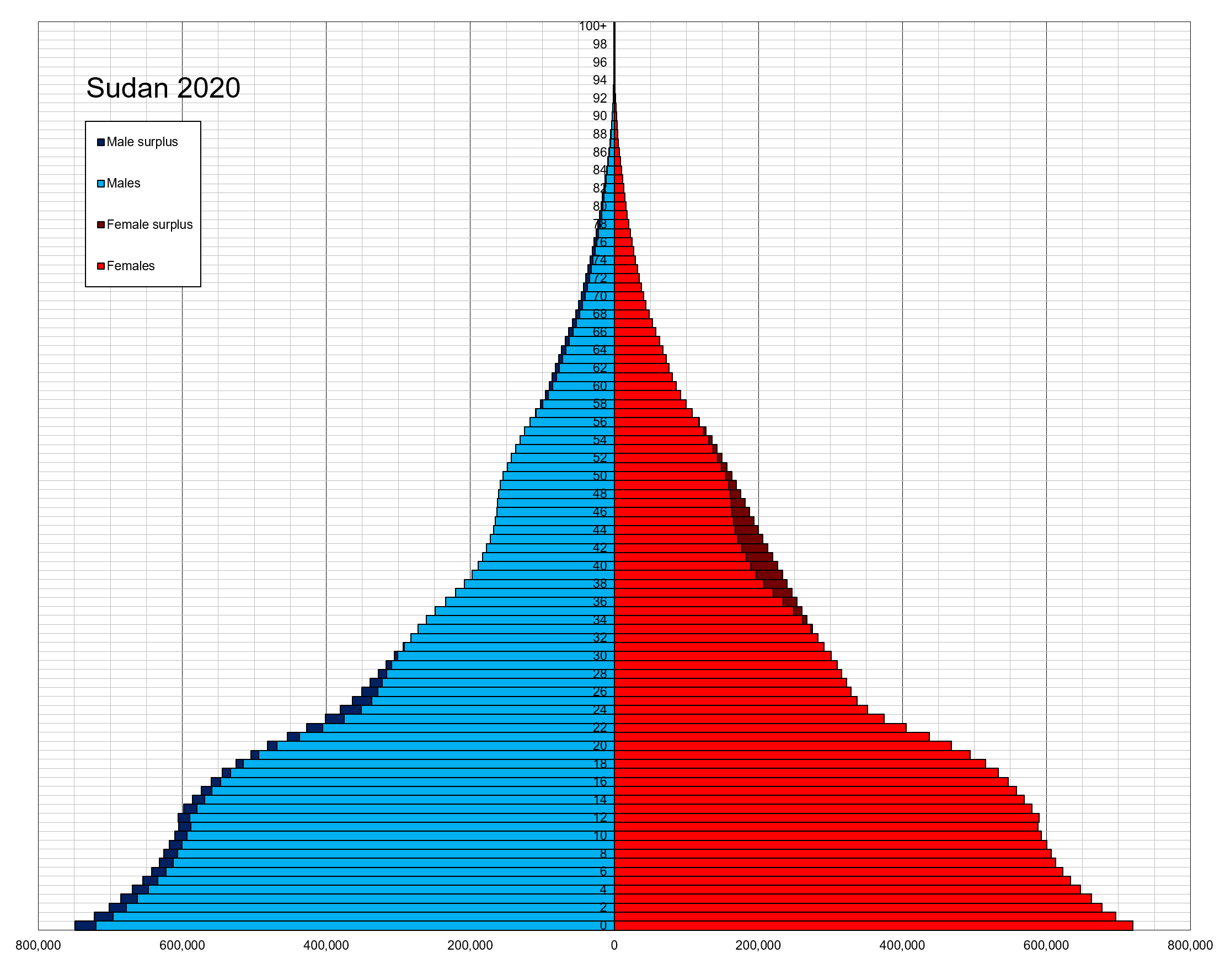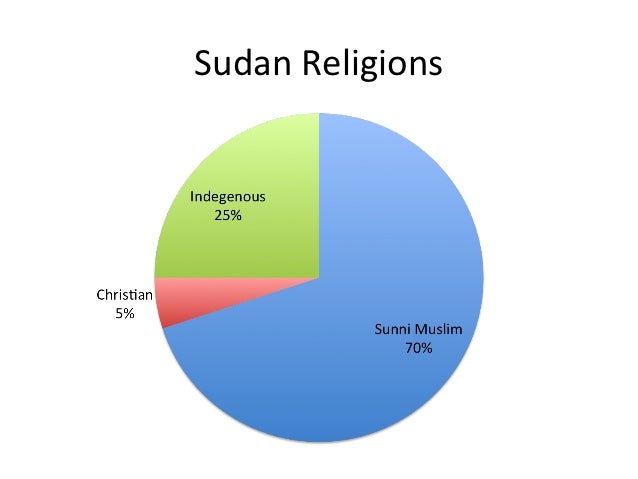Sudan Religion Statistics
The vast majority are Muslims 967. Apr 22 2021.
Literacy rate for 2010 from World Religion Database.

Sudan religion statistics. In South Sudan about 62 million people out of a population of over 16 million people or 372 of the population are Roman Catholic Christians. Get in touch with us now. Religious Beliefs In South Sudan Roman Catholic Christianity.
The majority of Sudans population is Muslim belonging overwhelmingly to the Sunni branch. However the majority of the South Sudanese population follows Christianity often intermingled with traditional cultural practices. This is an increase of 408 453923 people compared to population of 11128281 the year before.
A study Religion in South Sudan by the Pew Research on Religion stated that South Sudans population are 605 Christian 329 follow traditional African religion 62 are Muslim and 04 are considered other All of the years of civil war in South Sudan has left its economy very weak and underdeveloped. SOUTH SUDAN 2 International Religious Freedom Report for 2018 United States Department of State Bureau of Democracy Human Rights and Labor make it difficult to estimate the overall population and its religious demography accurately. Percent of population who are Muslims.
The rest of the religions range from 3 Christians in northern Sudan Khartoum and the Nuba Mountains to about 003 traditional religions in the Nuba Mountains and Southern Blue Nile regions. The oldest of these tarīqah s is the Qādiriyyah which was introduced to the Sudan region from the Middle East in the 16th century. The Changing World Religion Map.
It is unclear whether state figures take into account the fact that not all South Sudanese Christians migrated to South Sudan after its independence see Religion in the South Sudanese profile. Infographs Maps and Statistics Collection Dr. Demographics reports the estimates of religious demographics both country by country and region by region.
Sunni Islam in Sudan as in much of the rest of Africa has been characterized by the formation of tarīqah s or Muslim religious brotherhoods. The Religious Characteristics of States Dataset Project. According to the South Sudan.
The new nation of South Sudan was formed following a referendum on secession held in January 2011. Demographics of South Sudan 2020. Population data from United Nations updated May 2011.
As of 1 January 2021 the population of South Sudan was estimated to be 11582204 people. The Catholic and Anglican churches are most popular. SUDAN - Reference Map.
The RCS was created to fulfill the unmet need for a dataset on the religious dimensions of countries of the world with the state-year as the unit of observation. Government statistics indicate less than 1 percent of the population primarily in Blue Nile and South Kordofan States adhere to traditional African religious beliefs. South Sudan does not have an official religion and estimates on the numbers of followers of various faiths are unavailable.
Some Christians and Muslims incorporate aspects of these traditional beliefs into their religious practice. The government believes that 97 of the population follow Islam while only 3 are Christians or animists. In July 2011 Sudan divided into two nations as a part of a peace agreement signed in 2005.
Sunni Muslim 97 other 3 2008. The capital city is Khartoum. 16 rows Religions Muslim.
Capital Khartoum Population 2010 33600000 Annual population growth rate 2000-2010 25 Population gain 2000-2010 7225000 GDP per capita. Sunni Muslim 97 2006. He retains exclusive copyright to them all.
2005 GDP per capita in 2005 PPP from GDP of Sudan in 20072008 UN. For more than a century Sudanfirst as a colonial holding then as an independent countryincluded its neighbour South Sudan. Sudan is a diverse developing country in northeastern Africa.
Located in north-eastern Africa and bordering a total of seven countries Sudan is one of the largest countries in the world with a total area of. Differences in language religion and political power erupted in a civil war between government forces strongly influenced by the National Islamic Front NIF and the southern rebels whose most influential faction was the Sudan Peoples Liberation Army SPLA eventually concluding in the independence of South Sudan in 2011. Sudan country located in northeastern AfricaThe name Sudan derives from the Arabic expression bilād al-sūdān land of the blacks by which medieval Arab geographers referred to the settled African countries that began at the southern edge of the Sahara.
There are Arabs Negroes Beja Nubians and others. In 2020 the natural increase was positive as the number of births exceeded the number of deaths by 281991. There are conflicting reports as to the religious beliefs in South Sudan though all agree that the three main religions are traditional African religions Christianity and IslamThe South Sudanese President Kiir a Roman Catholic while speaking at Saint Theresa Cathedral in Juba South Sudan stated that South Sudan would be a nation which respects freedom of religion.
Language Education Religion Sudan

A Demographic Profile Of The South Sudanese Population Id Blog

Demographics Of Sudan Wikiwand

Language Spoken South Sudanese Ancestry Crc Nsw

South Sudan Facts Map People History Sudan African Traditional Religions South

South Sudan Religion Britannica

South Sudan Climate Britannica

South Sudan Average Age Of The Population 2015 Statista

South Sudan Religion Britannica

Major Characteristics Of Religious Advocacy Groups Pew Research Center


